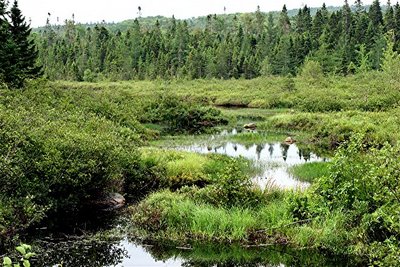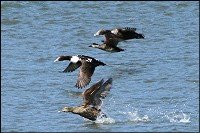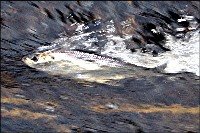juvenile Cedar Waxwing (Bombycilla cedrorum)

One might assume that the sombre greys of this juvenile Cedar Waxwing could be that of a black and white photo mounted on a blue background, if it wasn't for the yellow that can be seen at the tips of its tail feathers. Several Cedar Waxwings were flying back and forth near the edge of a lagoon; assumedly they were catching insects. At first I only noticed the adult Waxwings and was surprised when reviewing my photos to see a grey, colourless looking juvenile included with the group. When seeing the 'grey waxwing' photo I decided to check carefully to see if I could find other juveniles when suddenly a Merlin appeared and all the Waxwings flew away.
Several Cedar Waxwings were flying back and forth near the edge of a lagoon; assumedly they were catching insects. At first I only noticed the adult Waxwings and was surprised when reviewing my photos to see a grey, colourless looking juvenile included with the group. When seeing the 'grey waxwing' photo I decided to check carefully to see if I could find other juveniles when suddenly a Merlin appeared and all the Waxwings flew away.
Below is a colourful, adult Cedar Waxwing photographed in our feeder area in June of this year. 
blog edited at 8 pm
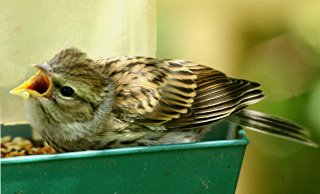
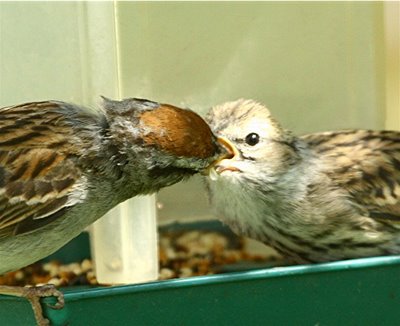
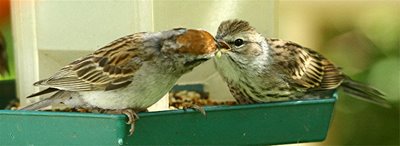


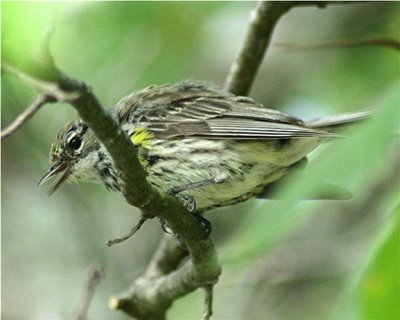


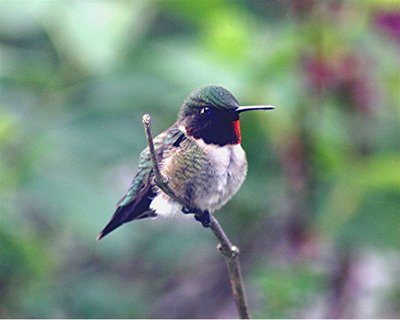
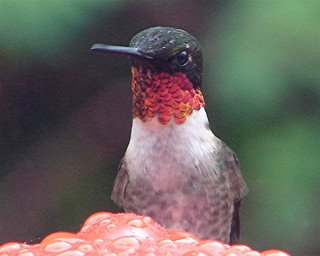
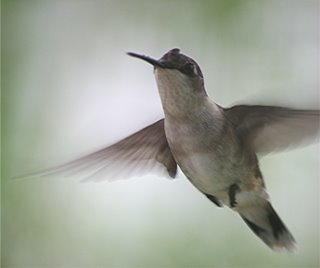



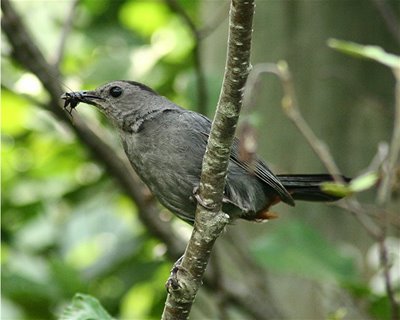


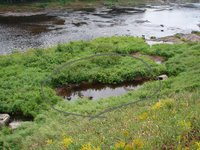



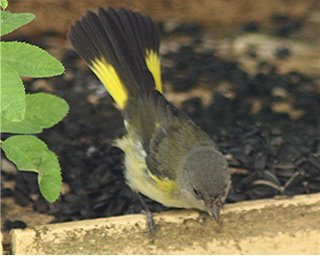
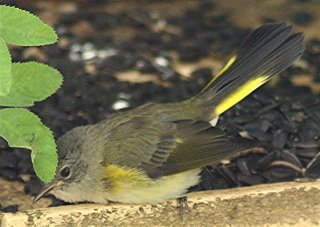
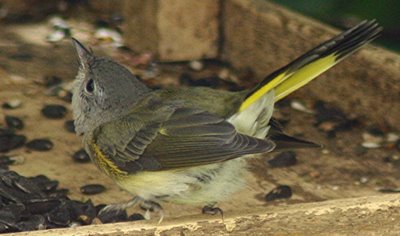 Hopefully I will soon be able to add a picture of the adult male 'red' Redstart that is also flitting about among the trees of our feeder area.
Hopefully I will soon be able to add a picture of the adult male 'red' Redstart that is also flitting about among the trees of our feeder area.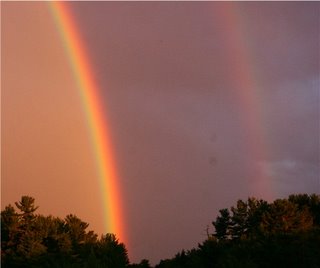



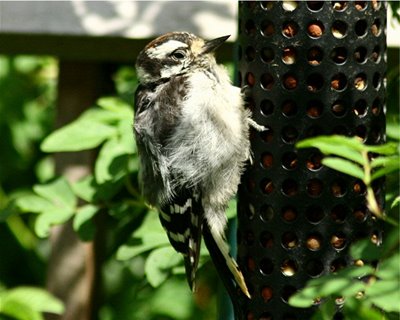


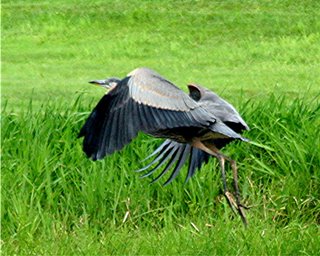
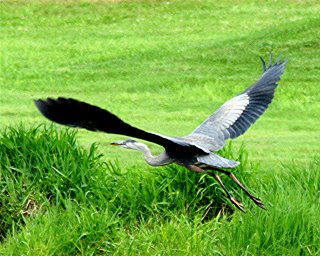
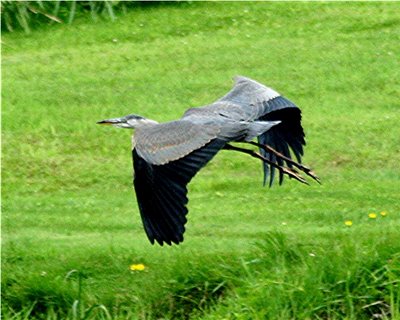
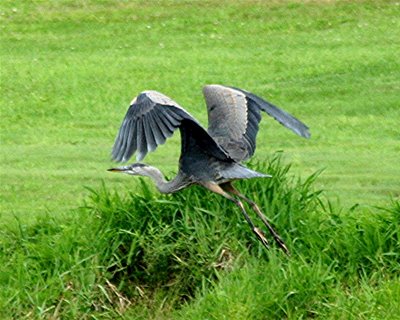
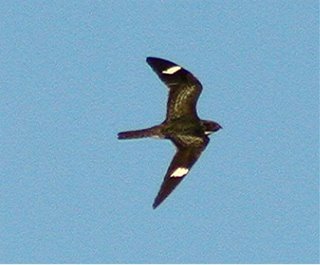
 The female has no white tail bar and its throat patch is buffy instead of white. This can be seen in the photo of the female Common Nighthawk below. Also notice the short beak which is characteristic of both male and females.
The female has no white tail bar and its throat patch is buffy instead of white. This can be seen in the photo of the female Common Nighthawk below. Also notice the short beak which is characteristic of both male and females.
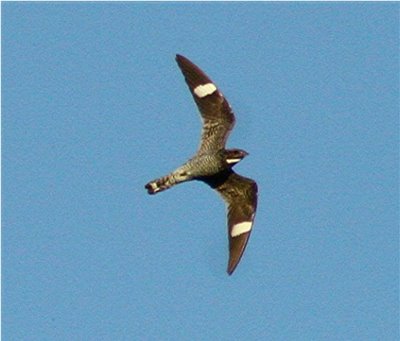


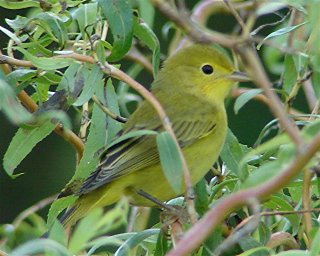
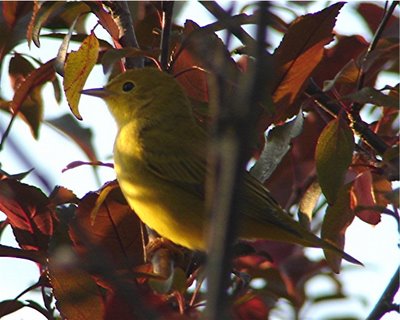
 In this last photo a clear view is shown of this Yellow Warbler's short, tapered tail.
In this last photo a clear view is shown of this Yellow Warbler's short, tapered tail.

